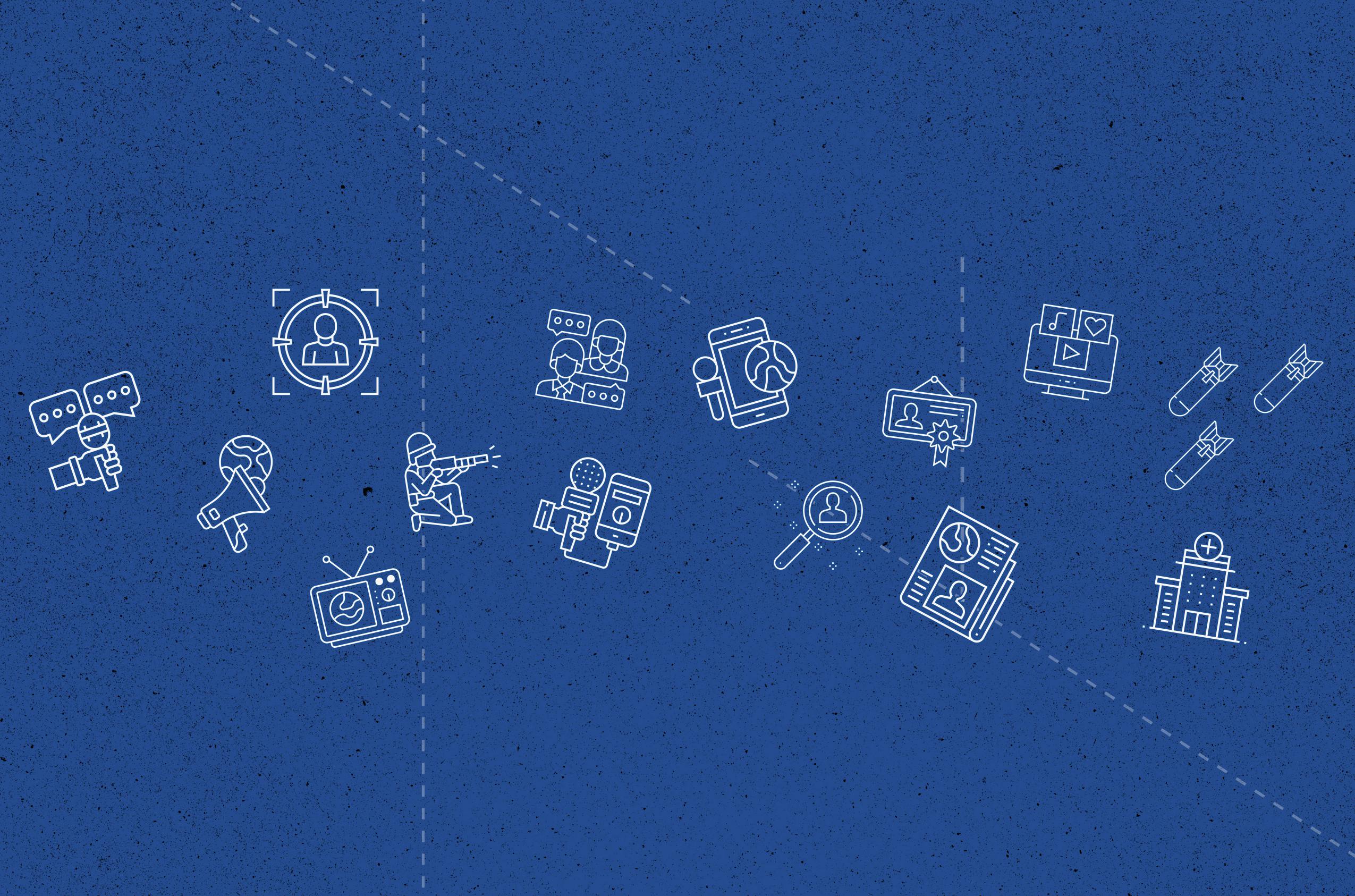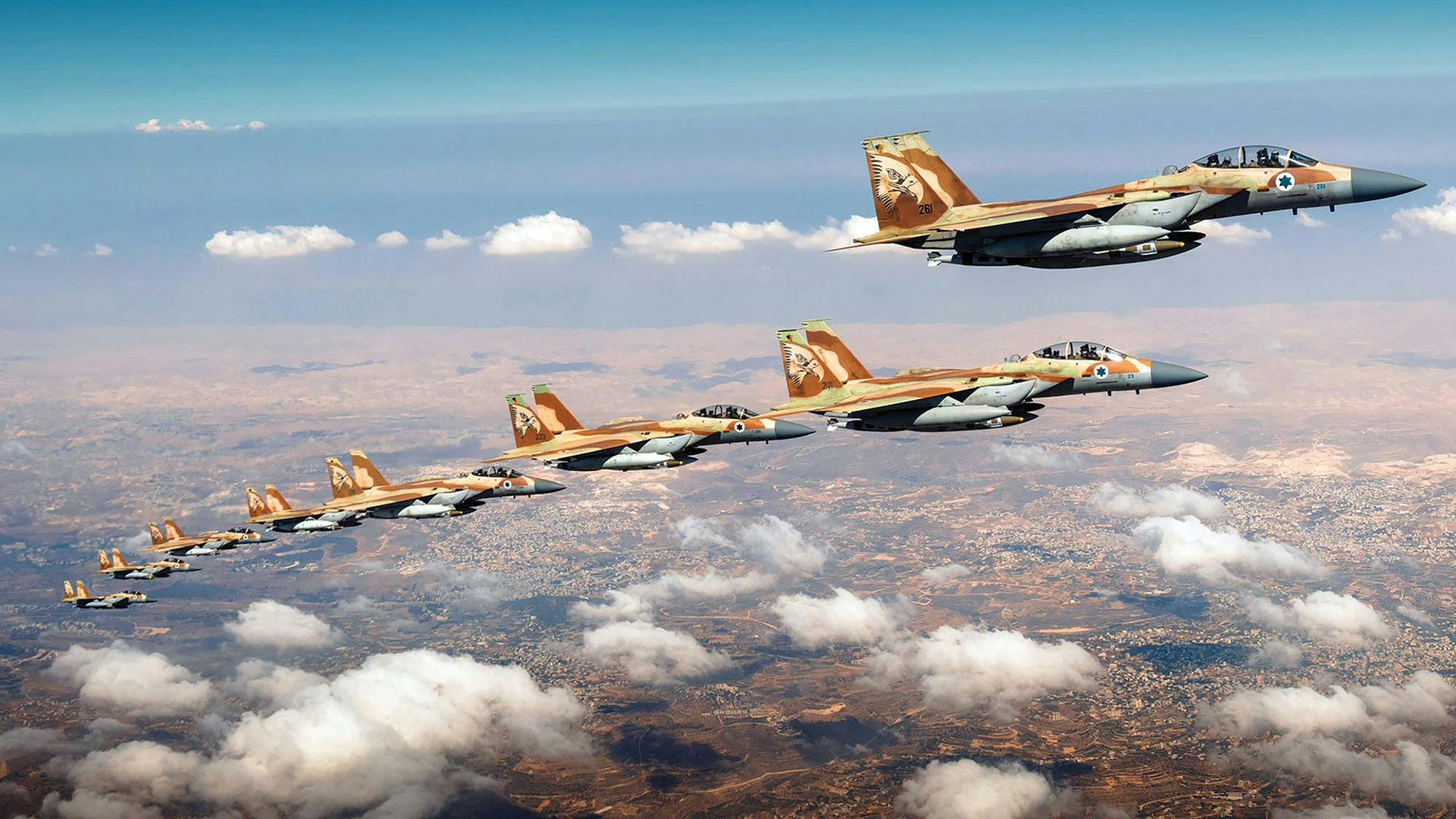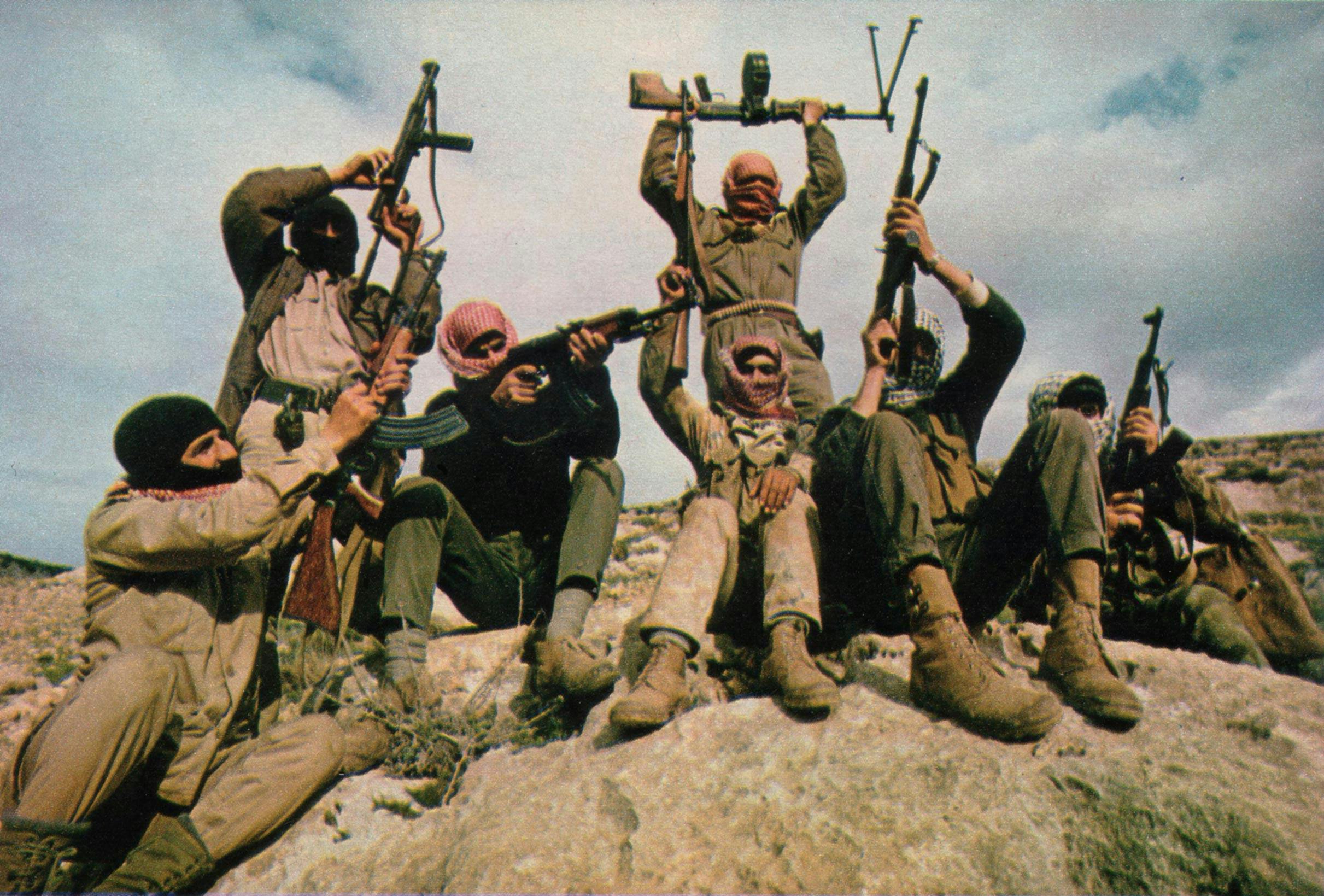Iran's 12 Days of Hell: The Beginning of the End?
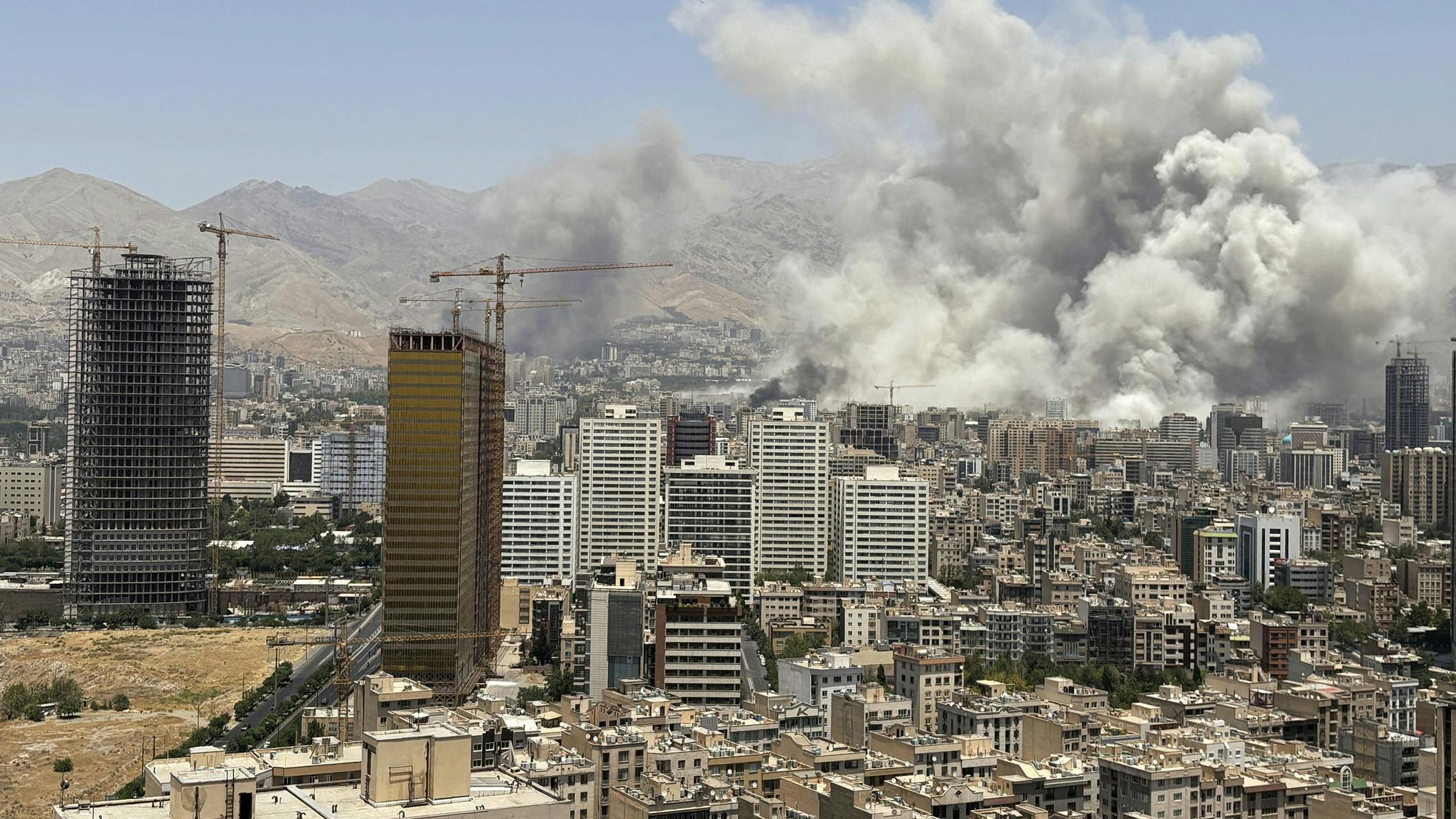
Mehdi Yarrahi, an Iranian musician with over 1 million Instagram followers, stands as a symbol of defiance. His body still bears the scars of the 74 lashes he received in March 2025 for his protest song “Roosarito,” which called for women to remove their mandatory head coverings or hijabs. The Tehran Revolutionary Court found him guilty of “encouraging corruption” and “propaganda against the system,” and sentenced him to the brutal lashing and a year of house arrest with an ankle monitor after a 150 billion rial (roughly US $170,000) bail.

Yarrahi’s 74 lashes were among nearly 20,000 administered to at least 200 individuals from 2024 to 2025. Each bloody stripe reflects the Islamic Republic’s sledgehammer strategy on dissent. The regime’s instinctive answer to opposition—whether through beatings, imprisonment or surveillance—is to tighten its grip. Yet this tightening comes as Iran itself is fraying, battered by external conflict and internal crises that no whip or prison can contain.
After its shattering 12-day war with Israel, Iran faces the daunting prospect of critical economic collapse, with 40% inflation, a dire water crisis and a seething undercurrent of social unrest that threatens to break the surface in waves of revolt.
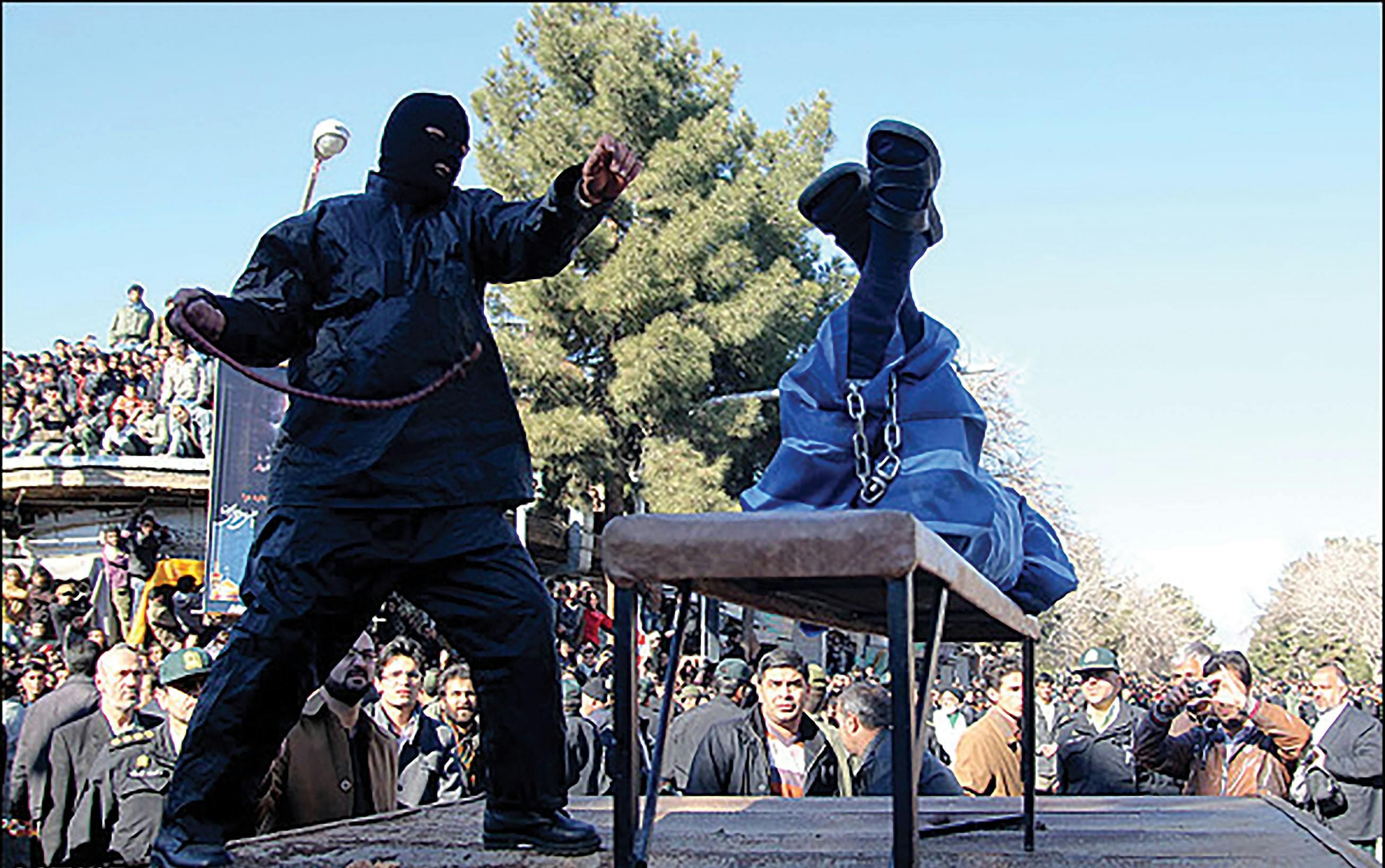
The War's Devastating Toll
The Iran–Israel war, fought from June 13 to June 24, began with a preemptive Israeli strike on Iran’s nuclear and military infrastructure after the International Atomic Energy Agency (IAEA) declared Tehran non-compliant with nuclear safeguards. Over 200 Israeli fighter jets—aided by US bunker-buster bombs—destroyed the Natanz enrichment facility, damaged the Fordo site and obliterated 11 military bases, eliminating 30 top generals and 12 nuclear scientists
Despite the staggering losses, the war is far from won. Sanam Vakil, director of the Middle East and North Africa program at Chatham House, observed, “To understand Iran and Khamenei is to understand that the Islamic Republic’s survival is always a victory.” Yet survival is a bitter prize as Iran grapples with the severe impact of the war.
Iran’s economy is in tatters. The war damaged oil refineries and tightened US sanctions have slashed exports. The rial lost 30% of its value since June, forcing families to spend 60% of their income on staples like bread and rice. Daily blackouts, lasting up to six hours, have shuttered 20% of the capital’s small businesses. Rebuilding military facilities is estimated to cost $10 billion over five years, diverting funds from social services in a country where 40% live below the poverty line.
The Regime’s Brutal Grip
In the war’s aftermath, the regime’s paranoia—fueled by the depth of the Mossad’s (Israeli intelligence agency) extraordinary infiltration into Iran—has led to indiscriminate reprisals. During the panicked purge, 1,200 have been arrested, 150 executed and 300 accused of spying for Israel. In July, 50 women were arrested for unveiling their hair in public and now face up to seven years in prison. The Islamic Revolutionary Guard Corps (IRGC) has targeted minorities in an attempt to isolate the opposition, with over 200 Kurdish and Baluchi activists detained for alleged espionage.
“They couldn’t catch the real spies,” said Roxana Saberi, a dual Iranian-American author, “so they accused thousands of women's rights advocates and dissidents.”
State-controlled media claims that public sentiment is overwhelmingly in favor of the regime. Yet independent surveys prove that the majority of Iranians, especially women and the youth, deeply distrust the unelected government.
Supreme Leader Ayatollah Ali Khamenei has repeatedly hailed the Islamic Republic’s victory in the war against Israel. However, heavily damaged infrastructure in major cities, widespread blackouts, cuts to social services and grave water shortages expose his boasting as meaningless.
Water Crisis: A Trickling Time Bomb
Iran’s water plight, a long-standing issue exacerbated by the war, threatens millions. Over 40 cities, including Tehran, face daily eight-hour water outages, according to the Iranian Energy Ministry. Reservoirs like the Amir Kabir Dam are at 14% capacity, and the Latian Dam at 1%.
In July 2025, President Masoud Pezeshkian warned of a potential “day zero” in Tehran. War damage to water treatment plants, with 20% offline due to power shortages, has deteriorated the situation. Residents rely on water tankers, with bottled water prices at $5 per gallon, a 200% increase since June. Agriculture, which consumes 90% of Iran's water, is collapsing, with 30% of southern farmland abandoned.
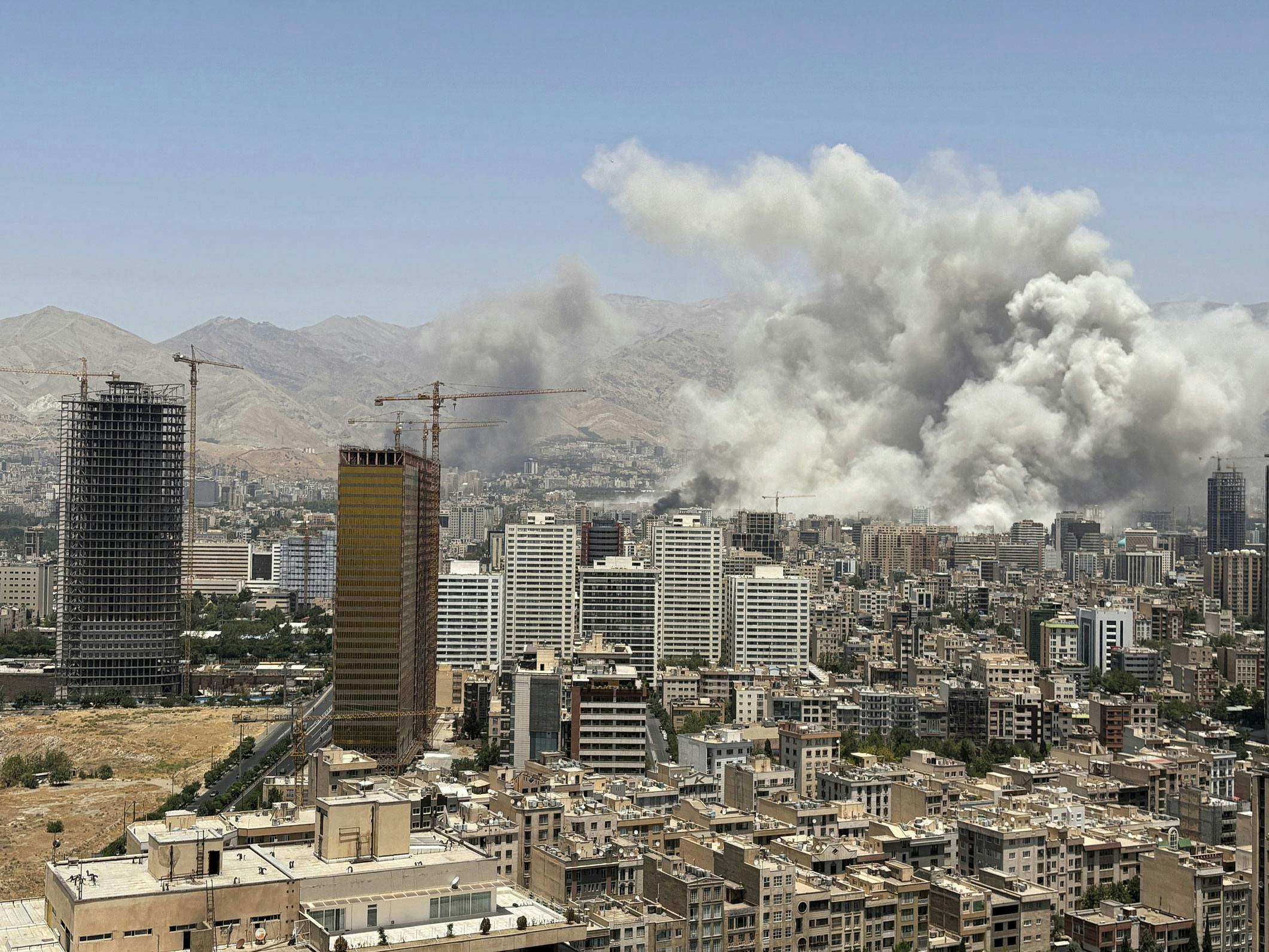
Rebuilding at All Costs?
Iran’s military lies in ruins. Israeli strikes destroyed 120 missile launchers, killed IRGC commander Hossein Salami along with many high-ranking officers and reduced Tehran’s missile capacity to 30%. Moreover, the loss of centrifuge production and the assassinations of many of Iran’s top nuclear scientists set its nuclear program back at least five years.
Rebuilding costs are conservatively estimated at $10 billion, with the regime prioritizing drones and missiles over social welfare. “Khamenei's dilemma must be how to rebuild a deterrence that was based on the nuclear program, missile program, and armed proxies—all now in shreds,” said Jeffrey Feltman, a former UN official.
Mossad Operations Are Ongoing
The war’s success relied on years of Mossad preparation, including precision assassinations, smuggled drones, covert bases and sabotaged air defenses. Yet according to reports, the Mossad continues to destabilize Iran with explosions and fires across the country, keeping the military on edge. Iranian officials attribute the bombing of a radar site near Tehran in July to the Mossad.
US Senator Ted Cruz emphasized: “Israel’s strikes have crippled Iran’s ability to threaten the region, and we must ensure the regime never recovers.” That’s where the Mossad plays a key role. The ongoing targeting of surveillance infrastructure continues to weaken Iran’s air defenses and keeps the regime off balance.
Iran’s Proxy Network Frays
Iran’s regional influence has waned. During the 12 days of war, Israeli airstrikes battered its reputation and exposed its vulnerabilities. The rapid collapse of Iran's defenses has also shaken the confidence of Hezbollah and the Houthis, who now are reportedly questioning Tehran’s reliability as a patron. Strained by war costs and sanctions, Iran has slashed funding to these allies, with Hezbollah facing severe financial shortages that have forced cuts to its social welfare programs. This reduction in cash flow and military resources has pushed proxies to seek other backers, further eroding Iran’s regional leverage.
Cry Freedom
According to a 2025 Iran Poll, 80% of Iranians cite economic hardship as their top concern. While the regime’s brutal crackdown on its population has thus far deterred widespread uprisings, protests are poised to reignite as conditions worsen. Mehdi Yarrahi’s 74 lashes and “Roosarito” clarion call have awakened the Iranian people’s hope—and rancor against an oppressive government, a government which has been dealt a crushing blow by Israel.
Iran’s people restlessly writhe like a caterpillar in metamorphosis, while Yarrahi’s lyrics echo the nation’s yearning for liberty: “Take off your scarf, let your hair flow. Laugh, my love! Don’t be afraid!”
Related Resources

Discover Your Purpose and God’s Heart For You
In today's divided, turbulent world, it's essential for the Church to rediscover God's heart. Our free e-book, authored by a seasoned expert with three decades of experience in Israel, delves deep into the teachings of Jesus (Yeshua) to reveal God’s principles of love and purpose. Learn how embracing these truths can bring significance and impact to your life, even amidst chaos. Subscribe now to receive your free copy and embark on a journey of transformation.

